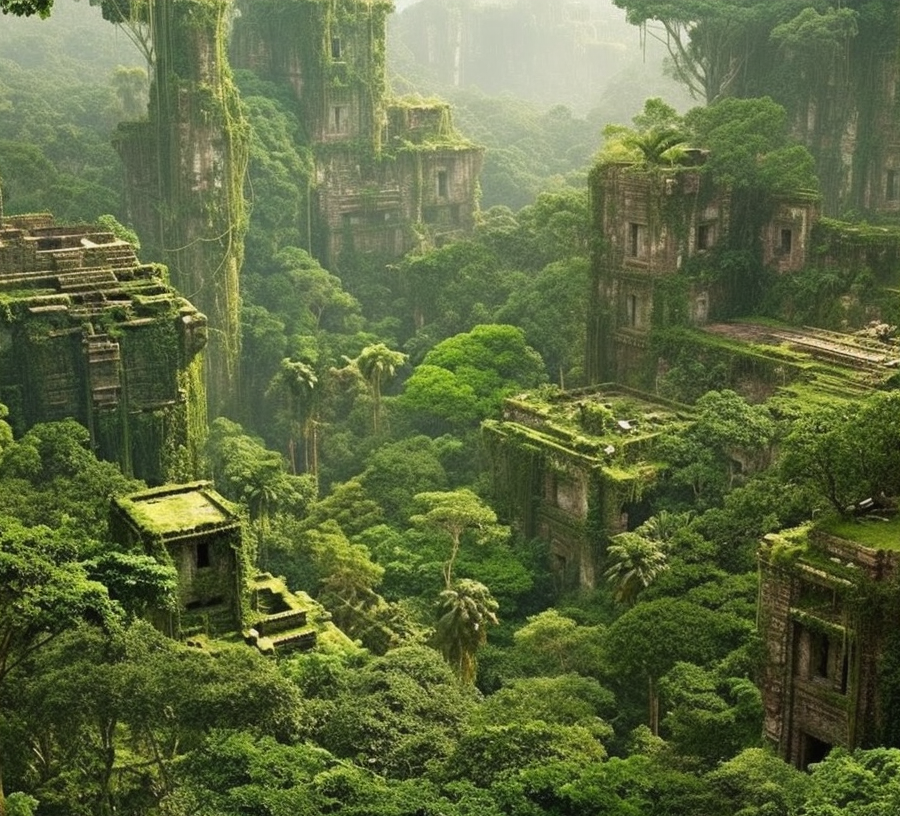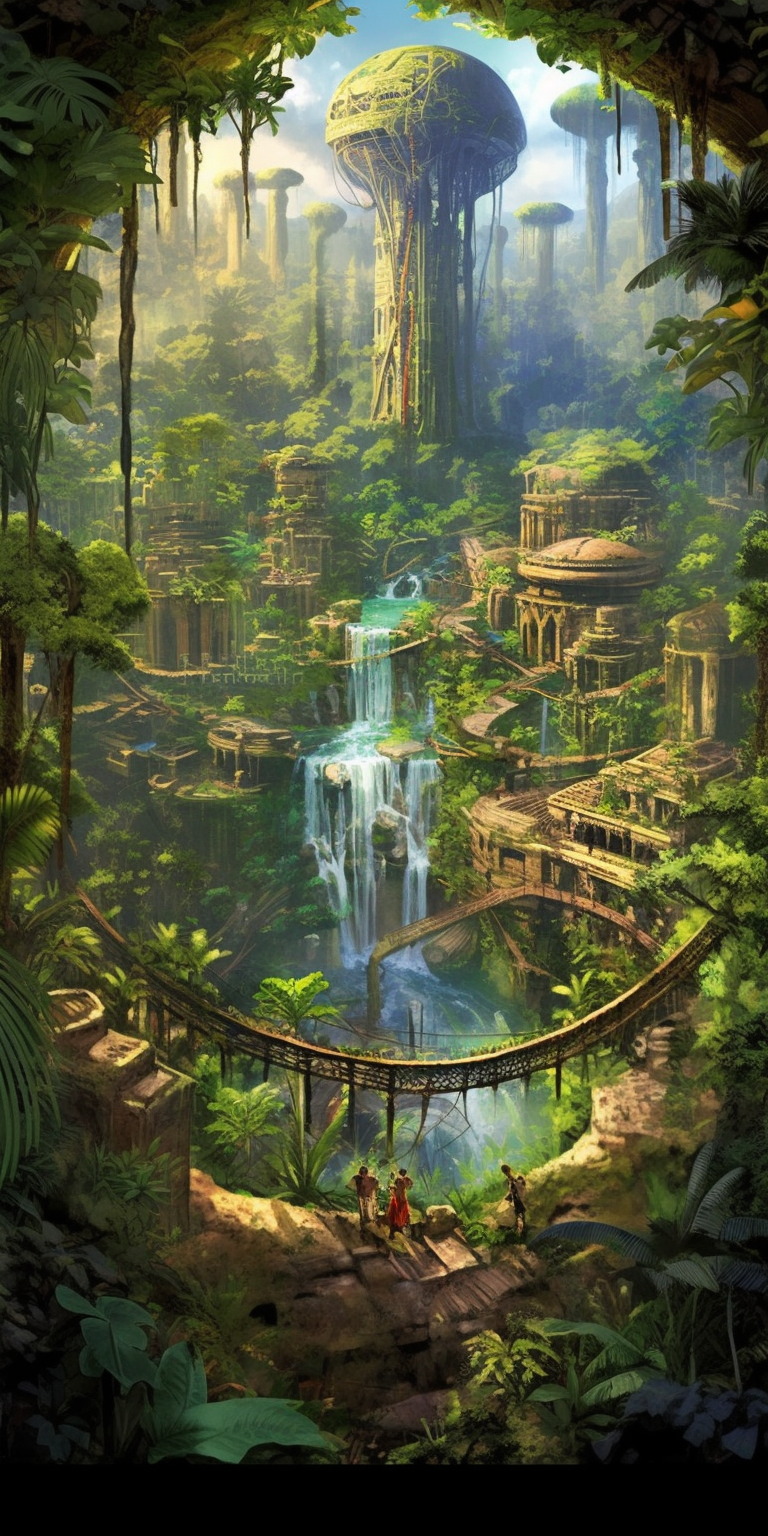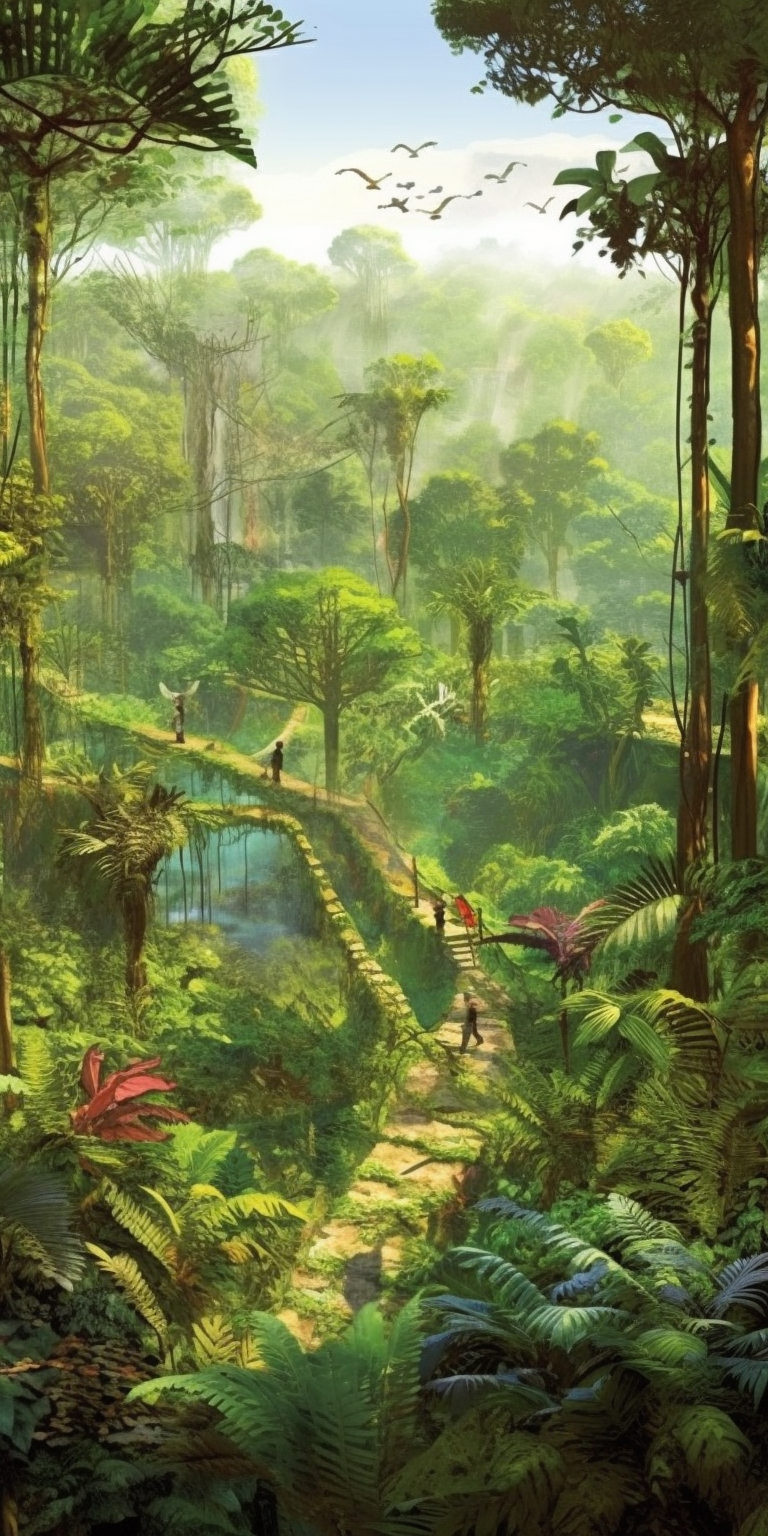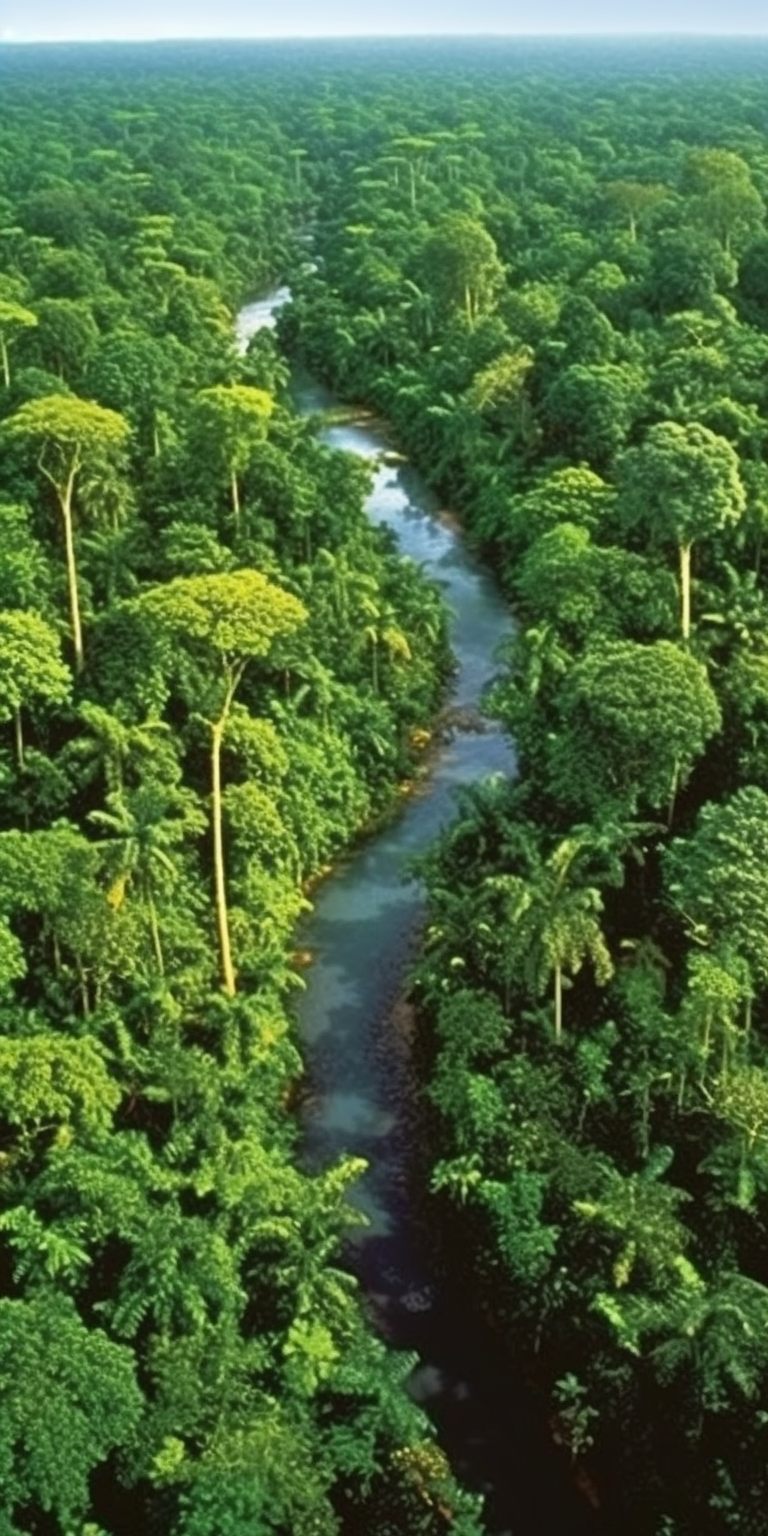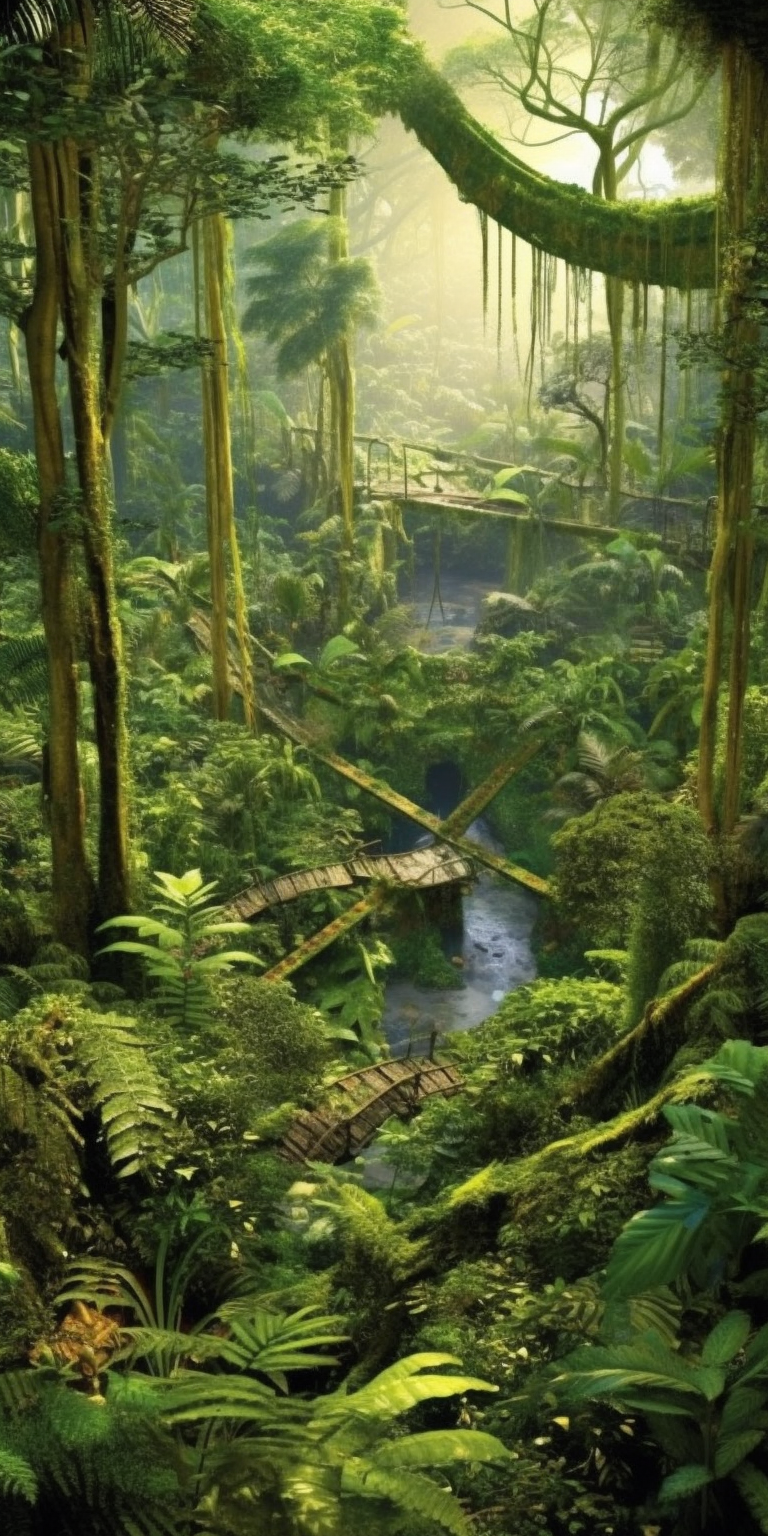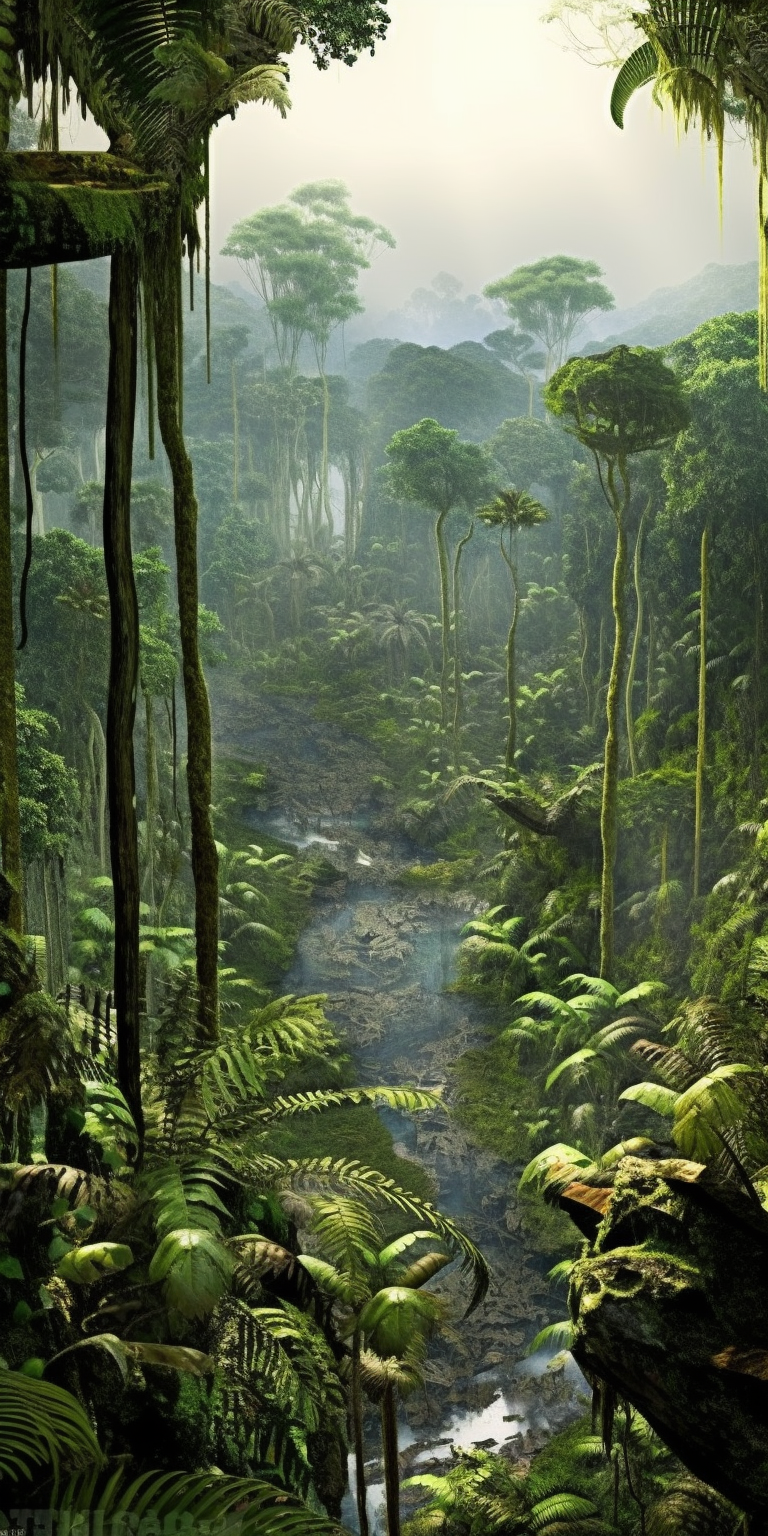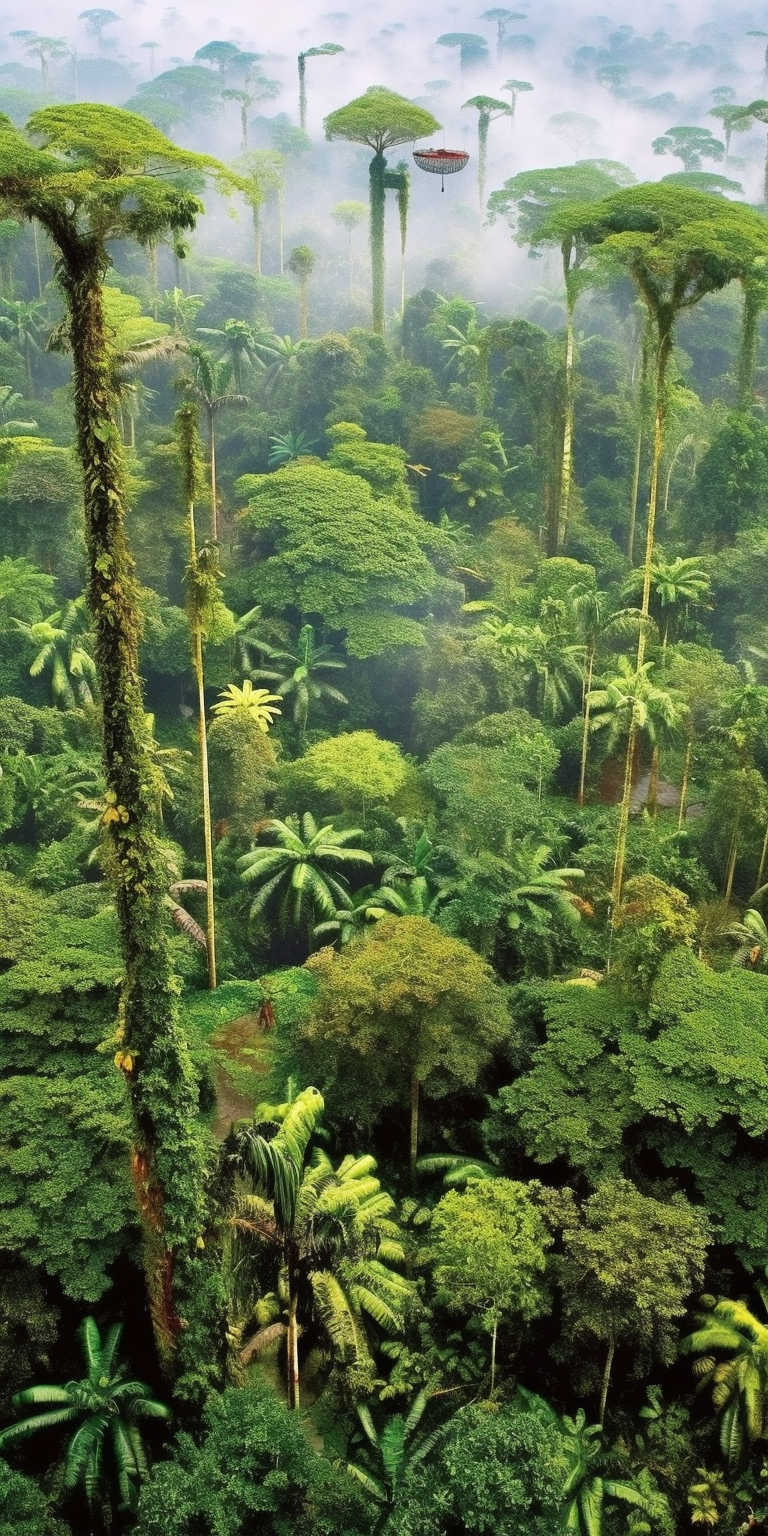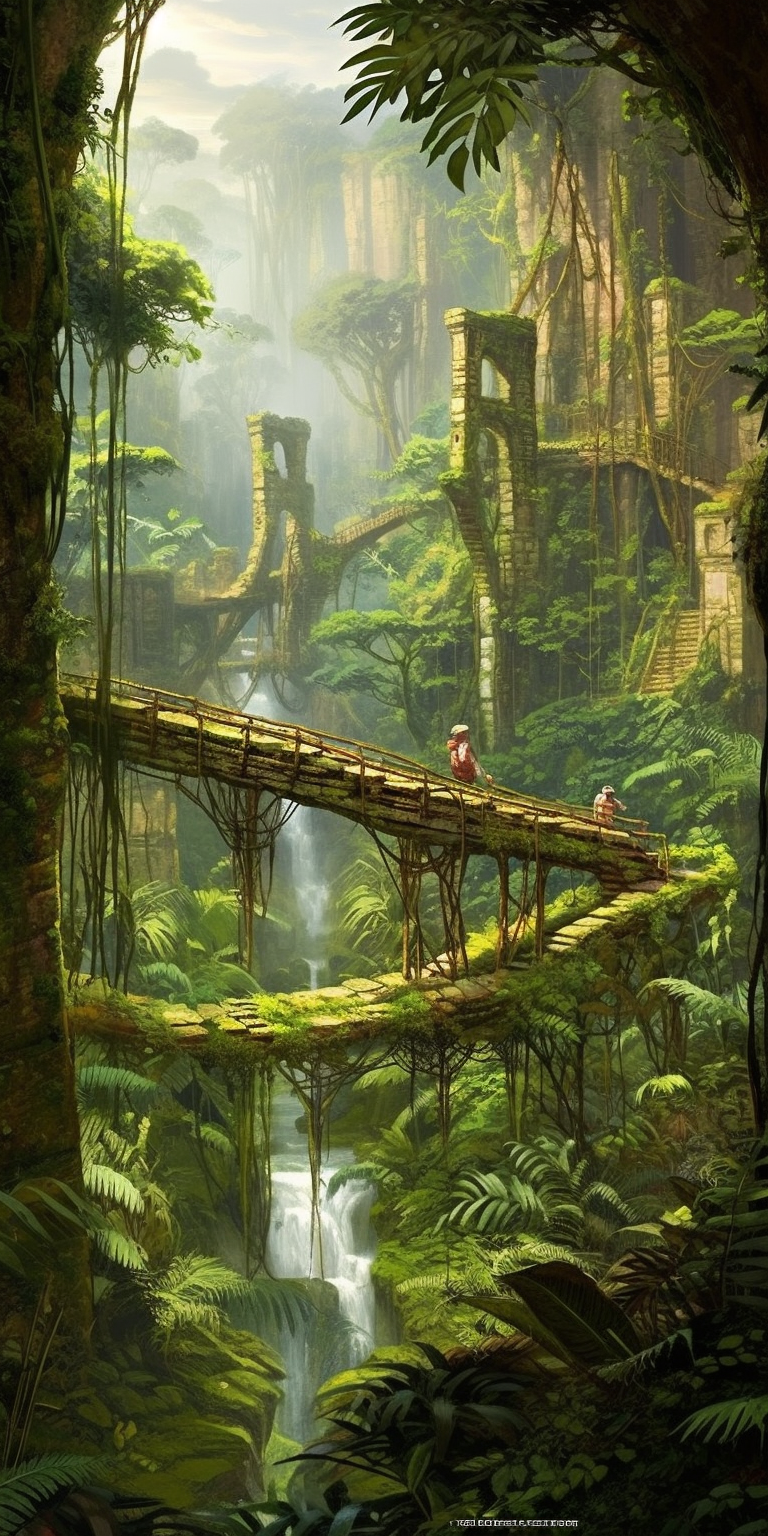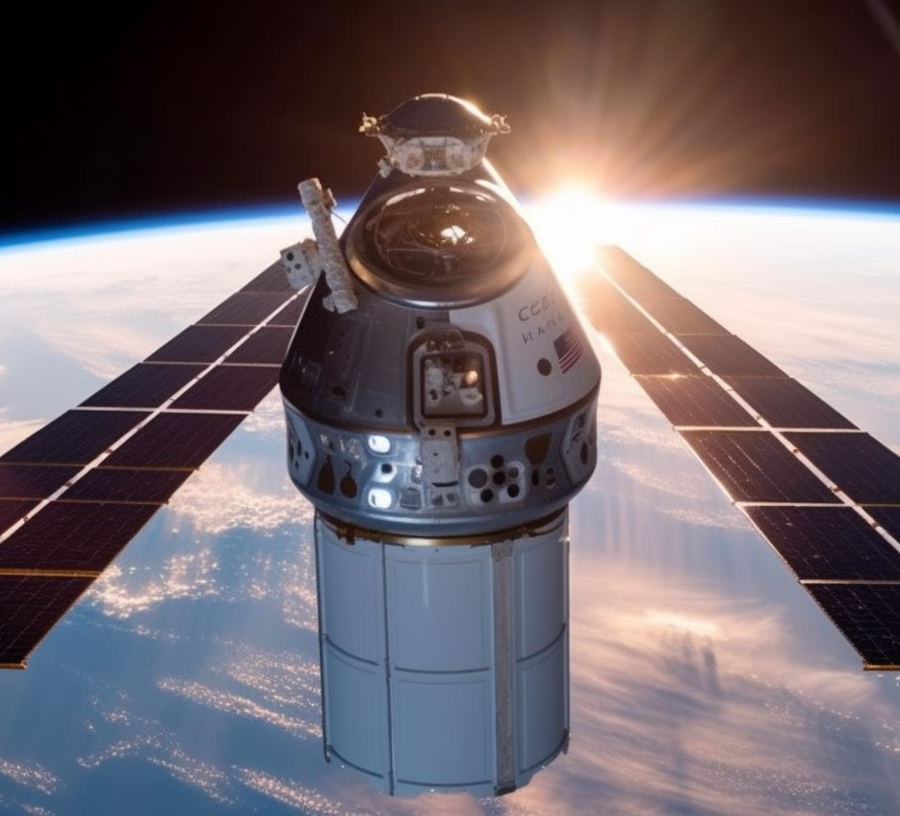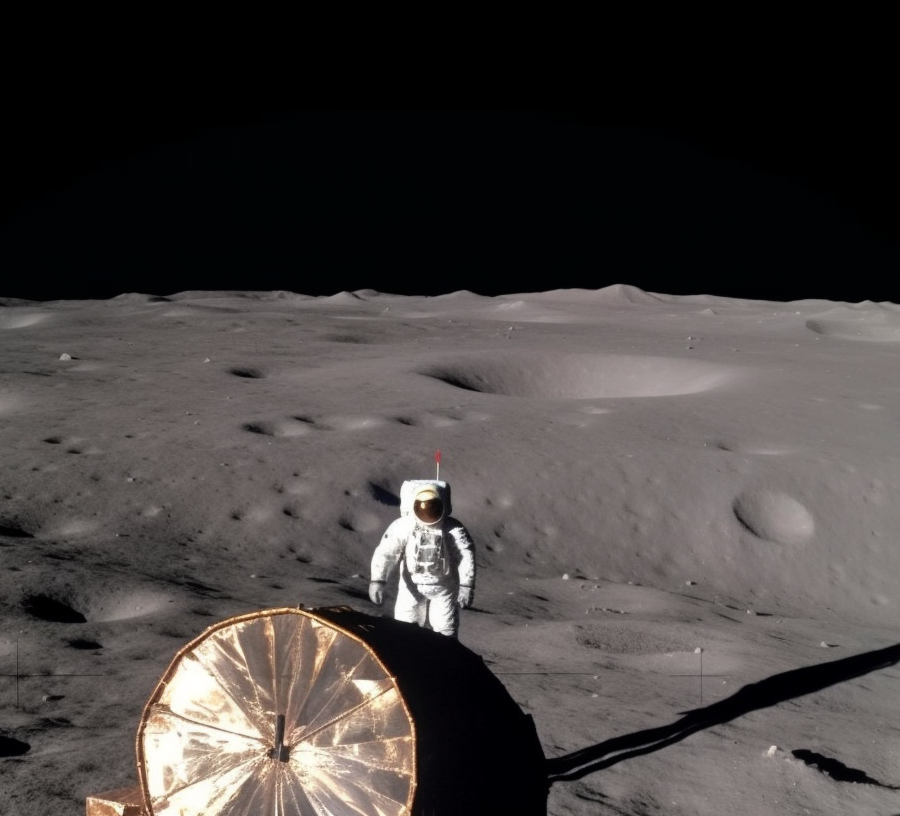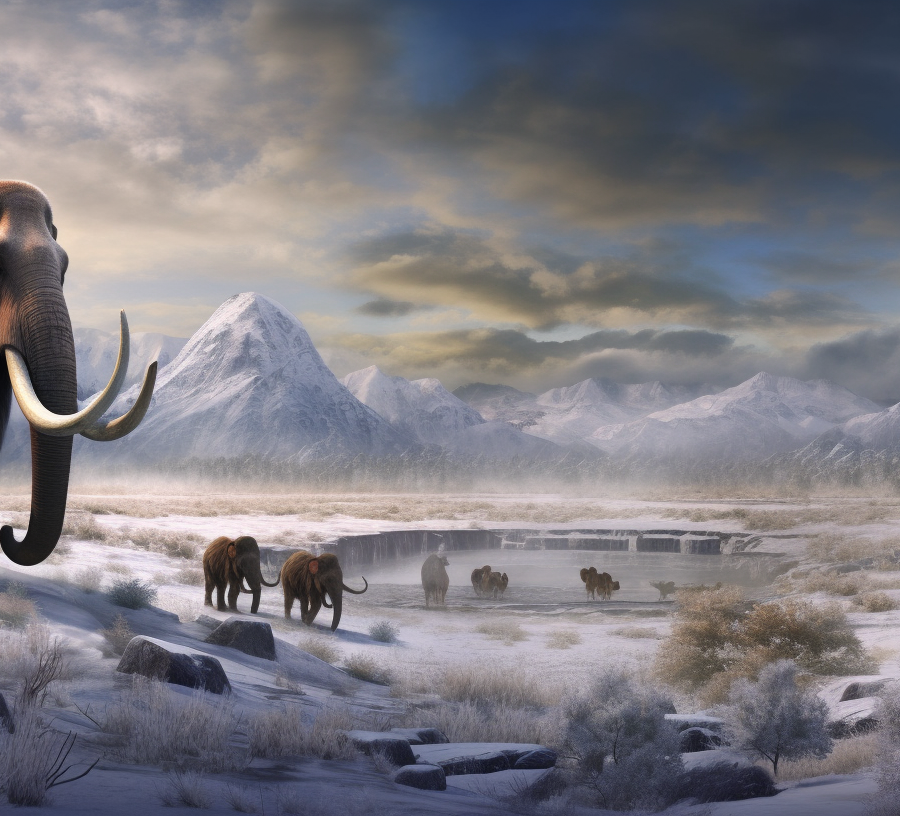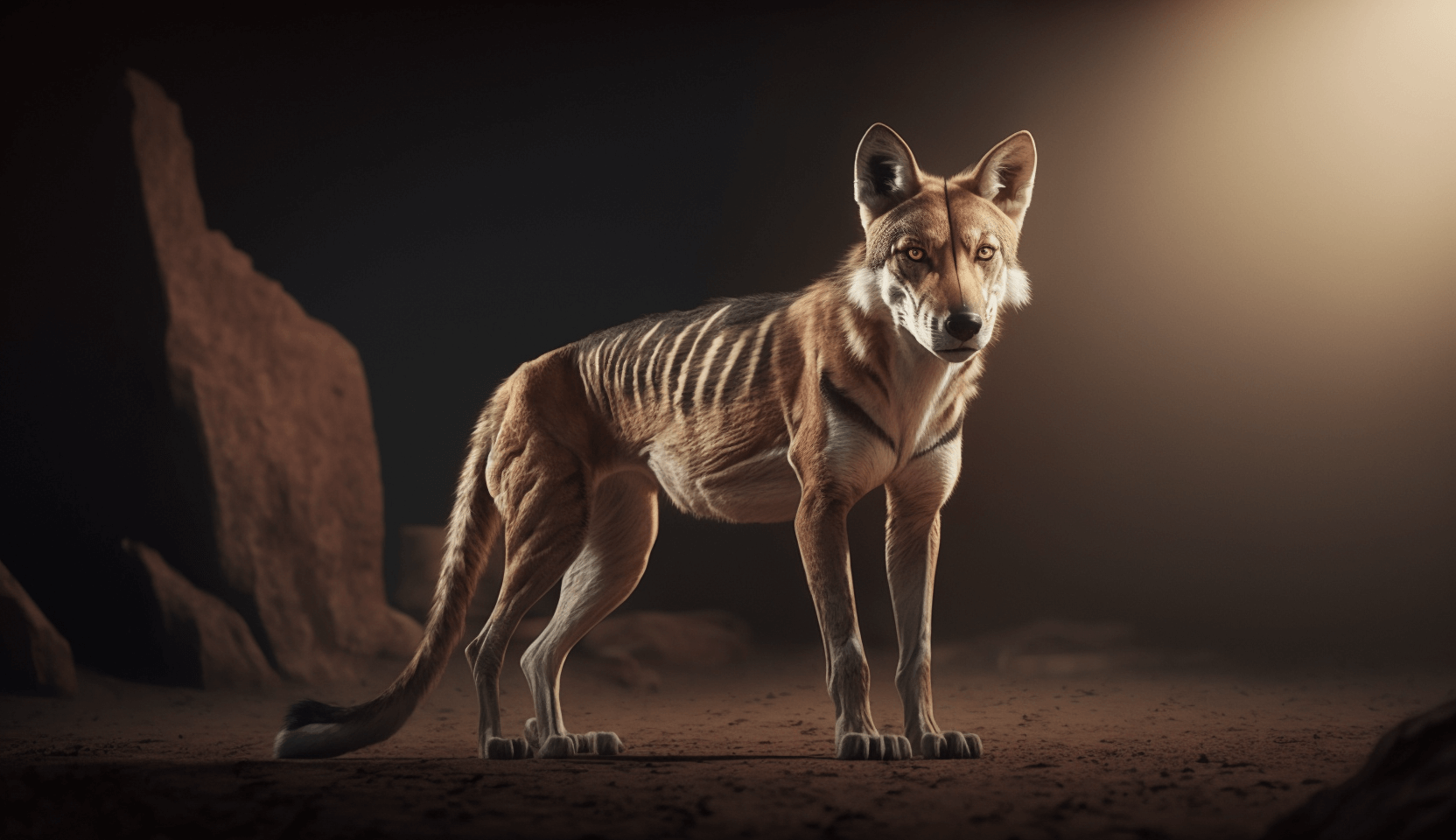Rediscovering Amazonian Dark Earth: Ancient Farming Wisdom Resurfaces
Lost City Uncovered in Amazon Rainforest: Da Ancient Secrets Beneath da Trees 🌳
Deep inside da Amazon, Mark Robinson stay digging up buried treasures like one modern-day pirate.
Wit’ him ‘n’ his crew of brainy scientists, Robinson went on one wild adventure to da middle of nowhere in Iténez, northwest Bolivia, by da border wit’ Brazil. No easy road, braddah. Dey had to dodge a crazy 10-hour boat ride, opting instead for one heart-stopping flight to da nearest village, Versalles. Dey even had to circle back ova one grassy runway to avoid squishing some cows chillin’ below. Den came da long hike through thick jungle, dealin’ wit’ roots pokin’ out ‘n’ armies of ants raidin’ da place. “Hot, humid, ‘n’ we stay gettin’ bit,” Robinson grumbled, him one archaeology professor from da University of Exeter.
But no pain, no gain, ’cause da crew had one mission: findin’ da “Amazonian dark earth” (ADE), some call it “black gold” or terra preta.
Dis here layer of soil, black like charcoal, can go deep as 3.8m (12.5ft) ‘n’ is scattered ‘cross da Amazon basin. Da dirt stay super fertile, loaded wit’ all da good stuff for growin’ crops: nitrogen, potassium, ‘n’ phosphorus. But dis ain’t your ordinary rainforest soil, nah. Dis was made by ancient folks.
Dis rich soil stay like one time capsule from way back – when da local peeps had their own little cities scattered ‘cross dis jungle paradise.
In January 2024, scientists made one big announcement: dey found one city lost in time. Hidden beneath da greenery in Ecuador’s Upano valley was one urban wonder dat been chillin’ there for 2,000 years. Picture dis: plazas, streets, ‘n’ ceremonial spots, all intact. Dis big discovery made everybody start wonderin’ if dere’s mo’ lost cities hidin’ in da Amazon. ‘N’ dat’s where ADE comes into play.
Dis city garden, it could only handle so many people ’cause of da good soil from da nearby volcanoes. But in other parts of da Amazon, da locals used ADE to boost da land’s productivity. Now people eyein’ dis ancient tech, seein’ if we can learn somethin’ for today – like growin’ mo’ food ‘n’ fightin’ climate change.
Hidden Power of da Past
Out dere in Versalles, surrounded by jungle vibes, Robinson said it might look all wild ‘n’ untouched, but dat ain’t da truth.
“Da more we look, da more we find out dis ain’t no virgin forest,” he said. “Everywhere we turn, even if it feels like we in da middle of nowhere, we just see signs of people from way back.”
In 2017, scientists found out dat da trees in da Amazon, da ones we see today, dey ain’t da original gangsta. Turns out, da ones we call “domesticated” trees – da ones our ancestors liked ’cause dey useful – dey five times more common near where old settlements used to be. Even though da native tribes been wiped out by da colonizers ‘n’ all da diseases dey brought, dey farming tricks still leave marks on da rainforest.
Another thing leavin’ its mark is ADE, spreadin’ all ova da place. “Da cool part – it’s all ova da Amazon,” Robinson said.
Dis special dirt, it got one mix of stuff, from ash to pottery to bones. Plus, you got da organic goodies like food scraps ‘n’ pee. It’s like one trash heap from back in da day, but it’s also da reason why da Amazon stay so lush, lettin’ da locals farm there even now.
“It’s like strikin’ gold,” Robinson grinned. ‘Cause aside from ancient stuff like old seeds ‘n’ pottery, you also got tiny clues ’bout what da Amazon was like way back when. Take da faecal spherulites – little crystals from animal dung dat give hints ’bout da animals dat used to roam dis land – ‘n’ do their business.
Livin’ History
ADE been turning heads since da 1870s, when scientists first noticed dem dark layers of soil stickin’ out. One early explorer called it “fine, black loam,” ‘n’ saw Indian pottery everywhere, like da place was one ancient pottery factory.
But how dis ADE came to be, dat was one mystery. Some scientists wondered if da locals accidentally made it by tossing out trash for years. Others thought maybe dey did it on purpose, to make da land bettah for farming.
In 2023, scientists weighed in. Dey checked out da structure ‘n’ makeup of da ADE, ‘n’ even talked story wit’ da peeps from Kuikuro, one indigenous community in Brazil. Turns out, da locals been makin’ dis soil on purpose.
Da age ‘n’ spread of dis dirt layers tell da story of how ancient folks rose ‘n’ fell all ova da Amazon. Da oldest layers? ‘Bout 5,000 years old. “But ’round 4,000 years ago, we start seein’ more action,” Robinson said. “Mo’ people, mo’ changes.”
But it’s ’round 2,000 years ago dat things really peak. Dis when da black soil shows up all ova da Amazon. Big communities, big networks. But dey ain’t as huge as dat city dey just found in Ecuador.
One reason for dat? ADE itself got some power.
NOW IN ENGLISH
Rediscovering Amazonian Dark Earth: Ancient Farming Wisdom Resurfaces
Lost City Uncovered in Amazon Rainforest: The Ancient Secrets Beneath the Trees
Deep inside the Amazon, Mark Robinson is uncovering buried treasures like a modern-day pirate.
With him and his team of intelligent scientists, Robinson embarked on a wild adventure to the middle of nowhere in Iténez, northwest Bolivia, near the border with Brazil. No easy road, brother. They had to navigate a daunting 10-hour boat ride, choosing instead a heart-stopping flight to the nearest village, Versalles. They even had to circle back over a grassy runway to avoid harming some cows lounging below. Then came the long hike through dense jungle, dealing with roots poking out and armies of ants raiding the place. “Hot, humid, and we’re constantly getting bitten,” Robinson grumbled, him being an archaeology professor from the University of Exeter.
But no pain, no gain, because the team had a mission: finding the “Amazonian dark earth” (ADE), also known as “black gold” or terra preta.
This layer of soil, black like charcoal, can extend as deep as 3.8 meters (12.5 feet) and is scattered across the Amazon basin. The soil is incredibly fertile, rich in nutrients essential for crop growth: nitrogen, potassium, and phosphorus. But this isn’t your typical rainforest soil. This was created by ancient civilizations.
This fertile soil is like a time capsule from ancient times – when the local people had their own small cities scattered across this jungle paradise.
In January 2024, scientists made a significant announcement: they had discovered a city lost in time. Hidden beneath the greenery in Ecuador’s Upano valley was an urban marvel that had been there for 2,000 years. Picture this: plazas, streets, and ceremonial sites, all intact. This major discovery sparked speculation about whether more lost cities are concealed in the Amazon. And that’s where ADE comes into play.
This city garden could only support a limited population due to the fertile soil from nearby volcanoes. But in other parts of the Amazon, locals used ADE to enhance the land’s productivity. Now, people are studying this ancient technology, seeking insights for today – like increasing food production and combating climate change.
Hidden Power of the Past
Out there in Versalles, surrounded by jungle vibes, Robinson said it might appear wild and untouched, but that’s not the truth.
“The more we look, the more we realize this isn’t a pristine forest,” he said. “Everywhere we turn, even if it feels like we’re in the middle of nowhere, we just see signs of ancient human activity.”
In 2017, scientists discovered that the trees in the Amazon, the ones we see today, aren’t the original species. It turns out, the so-called “domesticated” trees – the ones our ancestors favored because of their usefulness – are five times more common near old settlements. Even though the indigenous tribes were decimated by colonizers and the diseases they brought, their farming practices still leave marks on the rainforest.
Another significant factor leaving its mark is ADE, spreading all over the place. “The cool part – it’s everywhere in the Amazon,” Robinson said.
This special soil is a mixture of materials, from ash to pottery to bones. Plus, it contains organic matter like food scraps and urine. It’s like an ancient trash heap, but it’s also the reason why the Amazon remains so lush, enabling locals to farm there even today.
“It’s like striking gold,” Robinson grinned. “Because apart from ancient artifacts like old seeds and pottery, you also have tiny clues about what the Amazon was like in the past. Take the fecal spherulites – little crystals from animal dung that give hints about the animals that used to roam this land – and do their business.”
Living History
ADE has been intriguing scientists since the 1870s when they first noticed those dark layers of soil. An early explorer called it “fine, black loam” and observed Indian pottery everywhere, as if the place were an ancient pottery factory.
But the origin of ADE was a mystery. Some scientists wondered if the locals accidentally created it by discarding trash for years. Others speculated that they did it intentionally to improve the land for farming.
In 2023, scientists weighed in. They examined the structure and composition of the ADE and even conversed with the people from Kuikuro, an indigenous community in Brazil. It turns out, the locals were intentionally making this soil.
The age and distribution of these soil layers tell the story of how ancient people thrived and declined throughout the Amazon. The oldest layers? About 5,000 years old. “But around 4,000 years ago, we start to see more activity,” Robinson said. “More people, more changes.”
But it’s around 2,000 years ago that things really peak. This is when the black soil appears all over the Amazon. Large communities, extensive networks. But they aren’t as massive as that city they just found in Ecuador.
One reason for that? ADE itself has some power.

